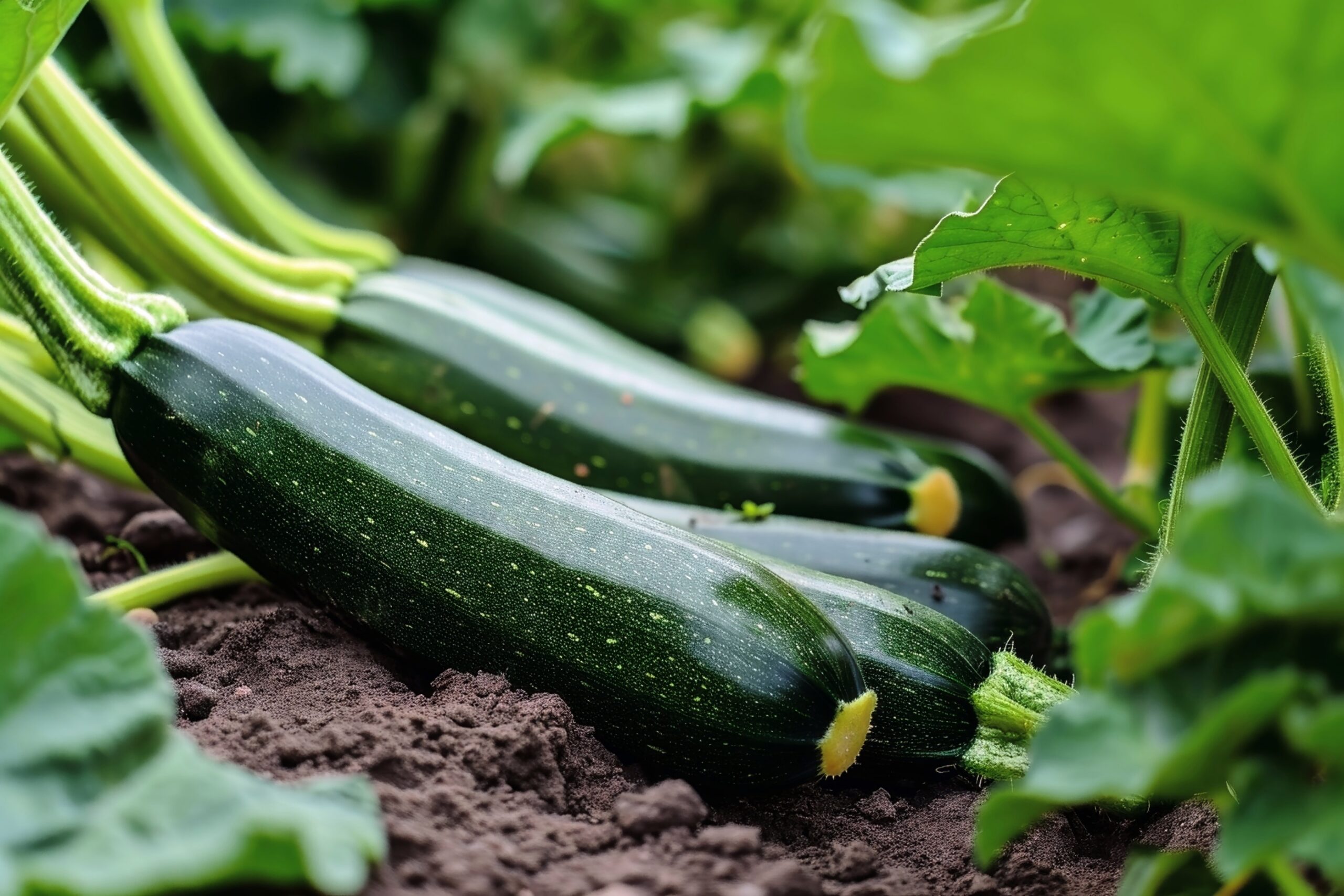
Edible Landscaping: Grow Food That Looks Like Art
Combine beauty and function in your backyard.
Why choose between a pretty garden and a productive one when you can have both? Edible landscaping is the perfect blend of form and function—growing fruits, herbs, and vegetables in a way that’s visually stunning. This guide explores how to design your outdoor space so it nourishes your body and pleases your eye. Learn how to use colour, texture, structure, and layout to create a garden that’s as beautiful as it is delicious.
Outline
- What Is Edible Landscaping?
- Why Choose Edible Over Ornamental?
- Design Principles for Edible Gardens
- The Best Plants That Look Good and Taste Great
- Blending Edibles into Traditional Landscapes
- Small-Space Edible Ideas (Balconies, Patios & Courtyards)
- Using Colour and Texture for Impact
- Perennials vs. Annuals: What to Mix and Where
- Maintenance Tips for Beauty and Yield
- Final Thoughts: The Joy of Edible Beauty
What Is Edible Landscaping?
Edible landscaping is the intentional design of outdoor spaces using plants that you can eat. It takes the beauty of traditional ornamental landscaping and replaces or mixes in edible plants like herbs, veggies, fruit trees, and berries.
🌱 “Form follows flavour” in edible design.
You can build a gorgeous landscape that produces seasonal harvests—without compromising on aesthetics.
Why Choose Edible Over Ornamental?
There are endless reasons to go edible:
- Beauty – Rainbow chard, purple basil, and nasturtiums are stunning.
- Function – Save money on groceries with fresh homegrown produce.
- Sustainability – Reduces packaging and transport emissions.
- Pollinator-friendly – Many edibles (like herbs and berries) attract bees and butterflies.
- Educational – Great for kids to learn where food comes from.
💡 Bonus: You can snack while you garden.
Design Principles for Edible Gardens
Edible doesn’t mean messy or purely utilitarian. Use the same rules as a designer:
- Repetition creates rhythm and cohesion.
- Layering (tall to short) helps with both form and sunlight access.
- Symmetry or curves define spaces beautifully.
- Framing entrances with climbers or fruit trees adds visual interest.
🎨 Think “kitchen garden meets gallery.”
The Best Plants That Look Good and Taste Great
| Plant | Why It Works |
|---|---|
| Rainbow Chard | Bold coloured stems and lush leaves |
| Kale | Sculptural shape, thrives in all seasons |
| Strawberries | Pretty groundcover with bright red fruit |
| Blueberries | White blossoms in spring, red foliage in autumn |
| Artichokes | Striking height, thistle-like flowers |
| Herbs (basil, thyme, rosemary) | Aromatic, low-maintenance edging |
| Nasturtiums | Edible flowers with bright blooms and trailing growth |
| Lettuce varieties | Mix of leaf shapes and colours |
🌼 Pro tip: Use purple basil, red-veined sorrel, and golden oregano for texture and tone.
Blending Edibles into Traditional Landscapes
You don’t have to start from scratch. Add edible elements into your existing flower beds or lawn.
- Use rosemary as a hedge
- Plant ornamental cabbage in flower beds
- Replace hedges with blueberry bushes
- Add vertical trellises for beans or cucumbers
- Frame patios with pots of tomatoes and lavender
🧺 Result: Beauty from every angle—plus dinner.
Small-Space Edible Ideas (Balconies, Patios & Courtyards)
Even a tiny space can produce gorgeous edible returns.
Try:
- Vertical gardens with herbs or salad greens
- Raised beds or containers for tomatoes, peppers, carrots
- Hanging baskets for strawberries or cherry tomatoes
- Potted citrus trees for scent, shade, and fruit
| Space | Edible Option |
|---|---|
| Balcony rail | Herb boxes or salad planters |
| Windowsill | Microgreens or edible flowers |
| Wall trellis | Climbing peas or beans |
🌿 Beauty isn’t limited by size—just get creative.
Using Colour and Texture for Impact

Mix edible plants with a designer’s eye.
Think in layers:
- Tall: corn, okra, artichokes
- Medium: kale, chard, peppers
- Low: oregano, thyme, strawberries
- Spillers: nasturtium, trailing rosemary
Think in colours:
- Red stems of chard
- Deep green of kale
- Bright yellow of squash blossoms
- Soft purple lavender
- Speckled lettuces
🎨 Use contrast to your advantage.
Perennials vs. Annuals: What to Mix and Where
A well-balanced edible garden uses both long-lasting perennials and quick-growing annuals.
| Type | Examples | Best For |
|---|---|---|
| Perennials | Asparagus, rhubarb, fruit trees, rosemary | Structure and long-term layout |
| Annuals | Tomatoes, lettuce, basil, beans | Colour and fast harvest |
Design tip: Place perennials at the back or edges; rotate annuals seasonally in the centre.
Maintenance Tips for Beauty and Yield
An edible landscape needs care—but it’s worth it. Focus on low-maintenance structure + high-yield details.
- Mulch beds to retain moisture and prevent weeds
- Prune regularly to keep shape and health
- Fertilise organically for edible-safe nutrients
- Deadhead flowers and remove damaged leaves to maintain tidiness
- Use companion planting (e.g. basil with tomatoes) for pest control and visual harmony
🌻 Healthy plants = beautiful plants.
Final Thoughts: The Joy of Edible Beauty
Edible landscaping is about creating a garden that feeds your senses and your stomach. It’s not just practical—it’s poetic. Every leaf and bloom has a dual purpose: to nourish you and delight you.
So whether you start small with a few herbs in a window box or redesign your entire front yard into a foodscape, you’re joining a movement that says:
Beauty should be useful. And usefulness can be beautiful.